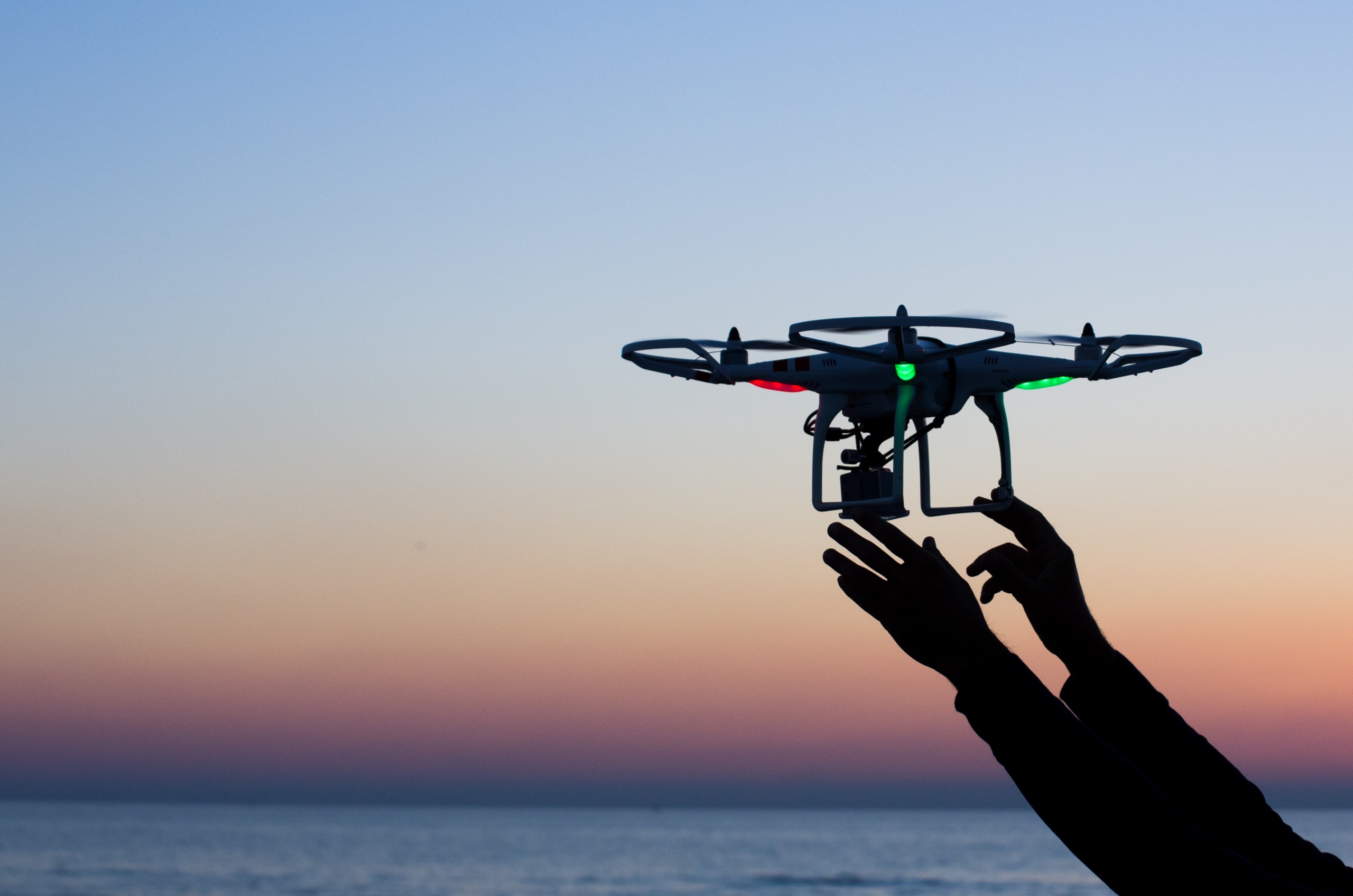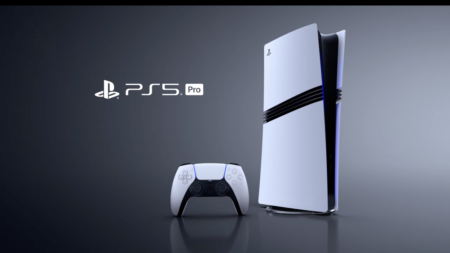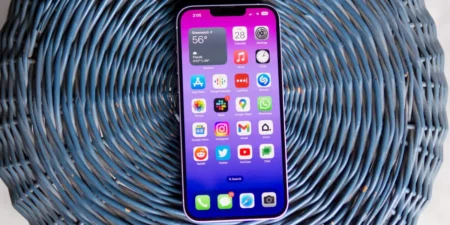Unlike DJI’s proposal to force airborne craft to broadcast their ID and location over radio, Ford, at this week’s FAA drone symposium, says that it wants drones to use their anti-collision lights to flash their ID number in code. The code would then be readable by a proprietary app to help identify the UAV.
With this type of system, any bystander would be able to use their smartphones to report UAVs that might be misbehaving, Ford said in a blog post. The company added that they used this method to reliably identify drones up to 80 feet away during their testing. That’s not far at all for surveillance drones, but it might be close enough for drones endangering airports or driving paths.
At this time, it’s unclear how quickly the proprietary app could identify a fast-moving aircraft. The range could be extended as much as 20 times using commonly-available DSLR lenses, Ford points out in the proposal’s white paper (PDF).
Despite the fact that light-based identification has its own set of problems, but this type of system would be easier to implement rather than broadcasting by radio, an approach that could require industry standardization. This system is also cheap and efficient solution that uses equipment people already have, such as smartphones. Given that consumer drones must now be once again required to register with the FAA, the 10-digit numbers will be more available. Though what’s even more interesting is Ford in the drone space. It’s a safe bet that the company might be doing something in this area in the future.





